The High Seas treaty is finalized!
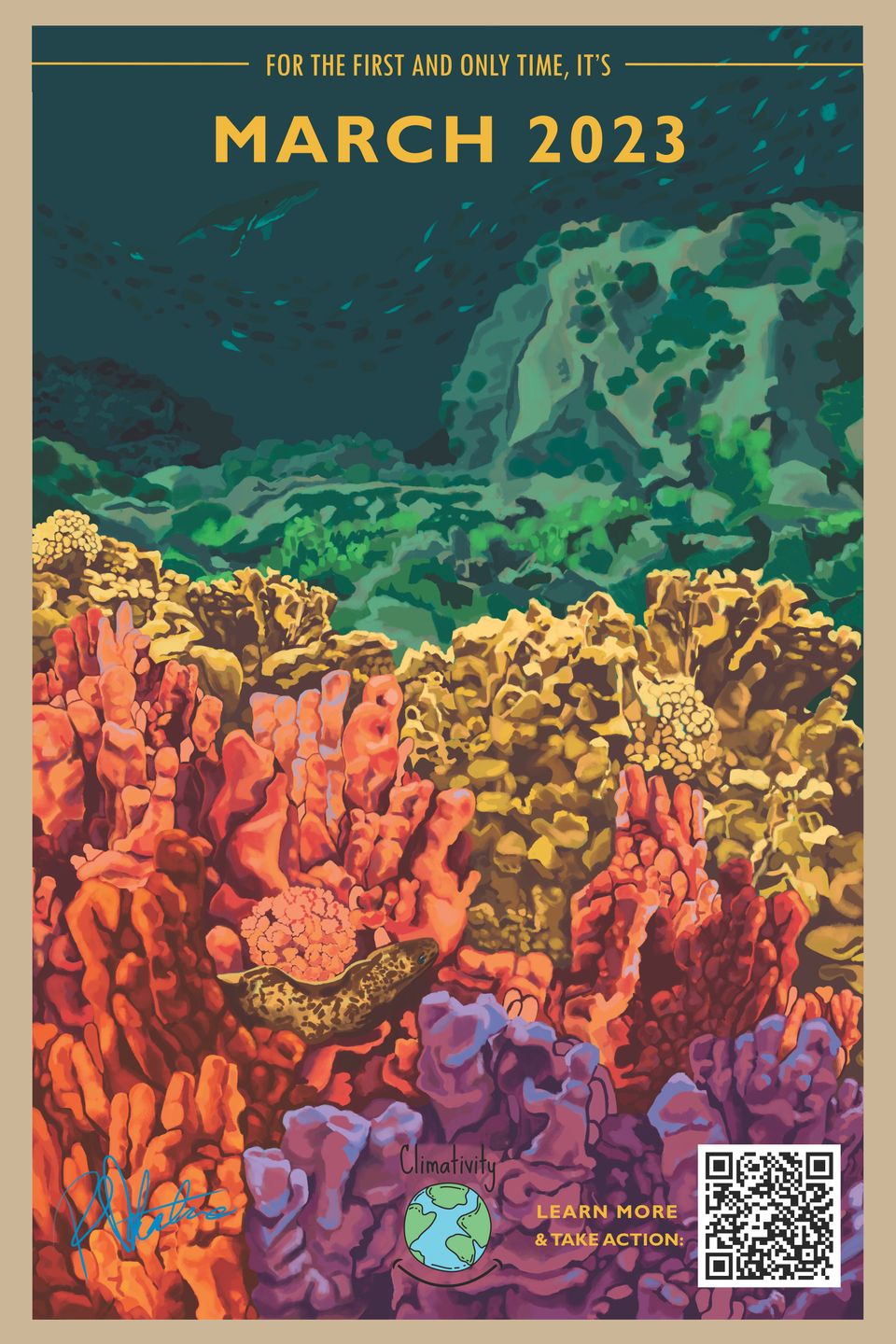
This story is the best of March!
The Story
The "High Seas" lie in international waters and therefore aren't governed by any state. This means they also aren't protected.
About 20 years ago, countries around the world set out to change this. Negotiations, setbacks, and treaty drafts took place over the net two decades. And finally, the international treaty was signed and sealed!
This could not have come at a more important time. The life that resides in these areas of the ocean is under threat. Overfishing, pollution, and climate change are not a good combination for our fishy friends.
Yet this treaty's primary focus is to protect biodiversity. UN countries will do this by establishing large-scale marine protected areas and funding research to protect these areas long-term.
This story means that these marine areas that represent 95% of the world’s total habitat by volume will make big strides toward conservation.

Take Action
As great as this treaty is, there's nothing thus far that explicitly bans deep-sea mining. Make your voice heard by signing this petition alongside 962,974 others who are demanding the world stop deep sea mining before it even starts.
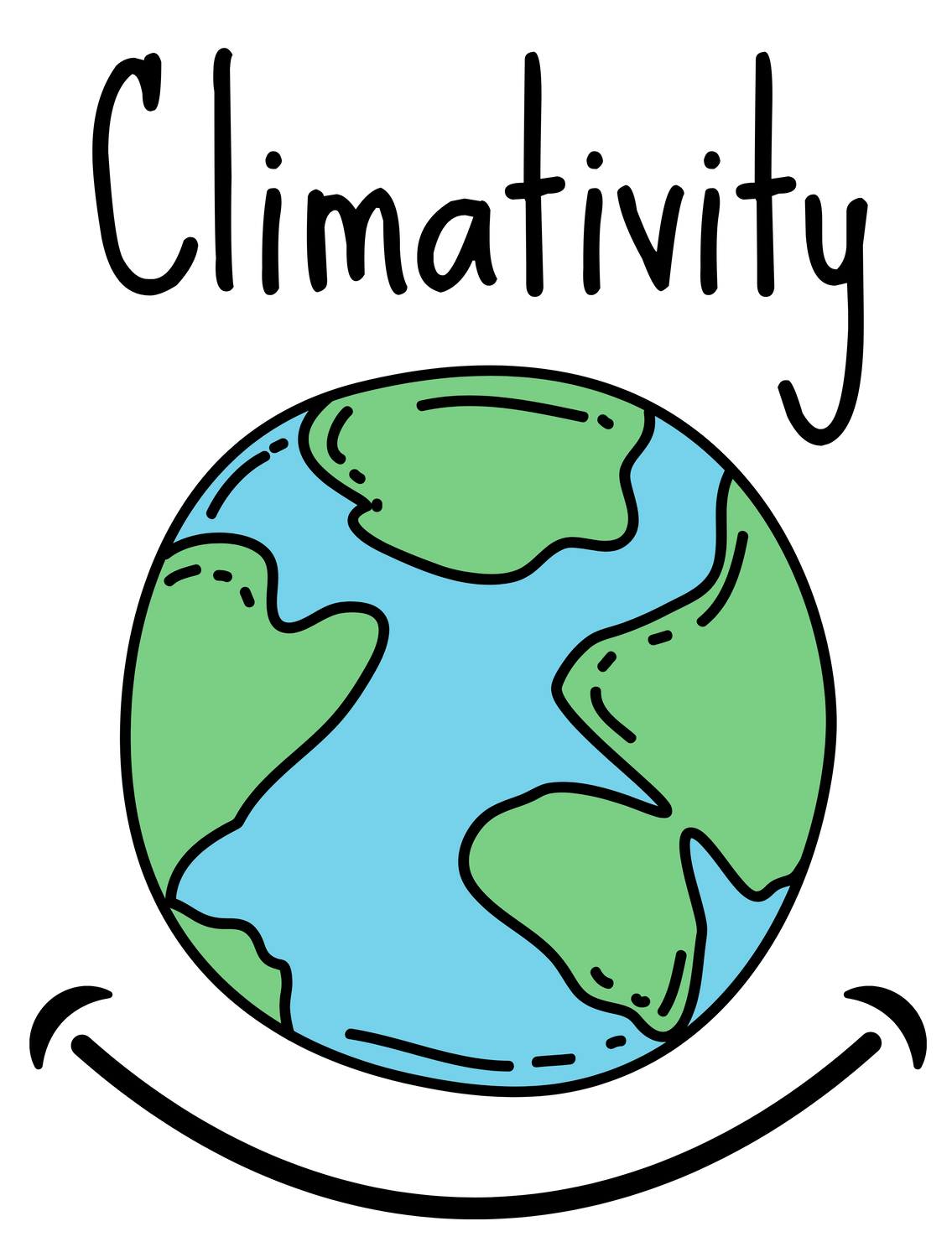


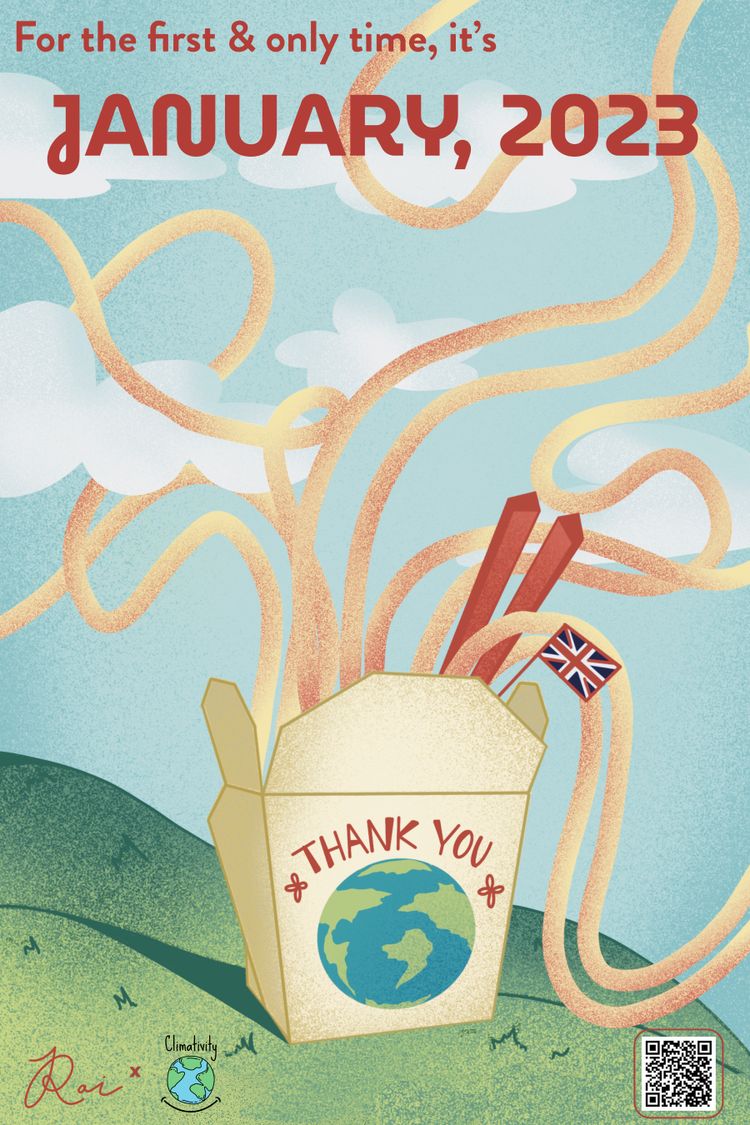

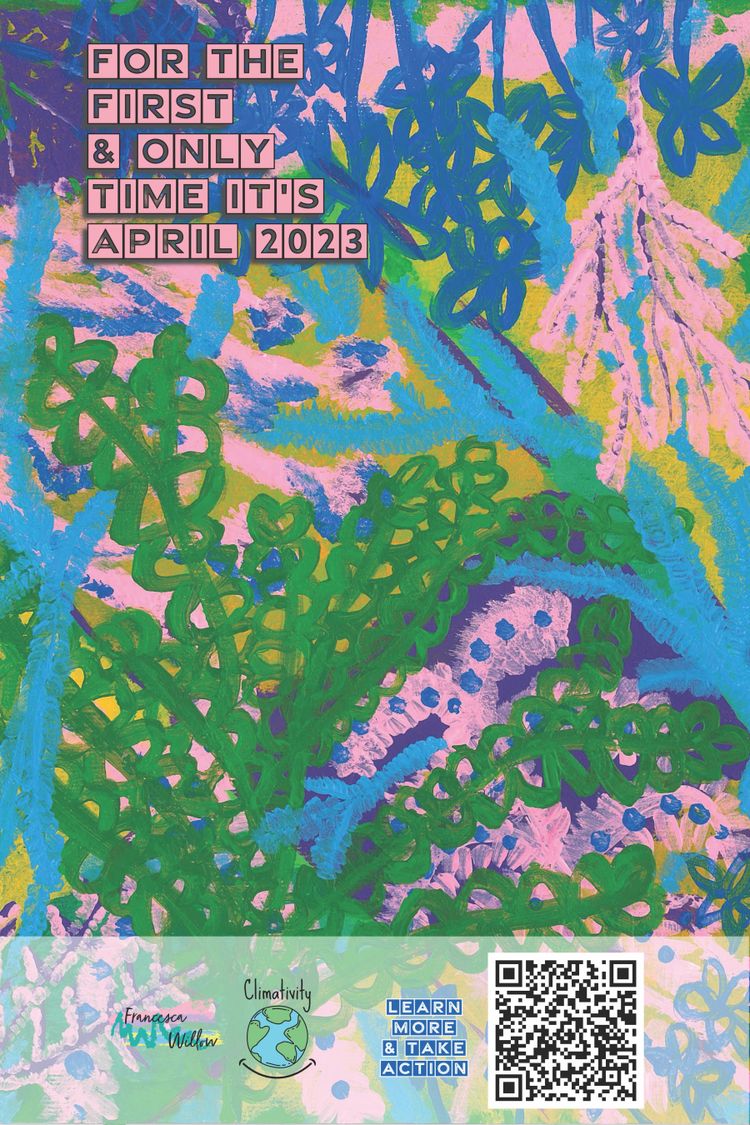
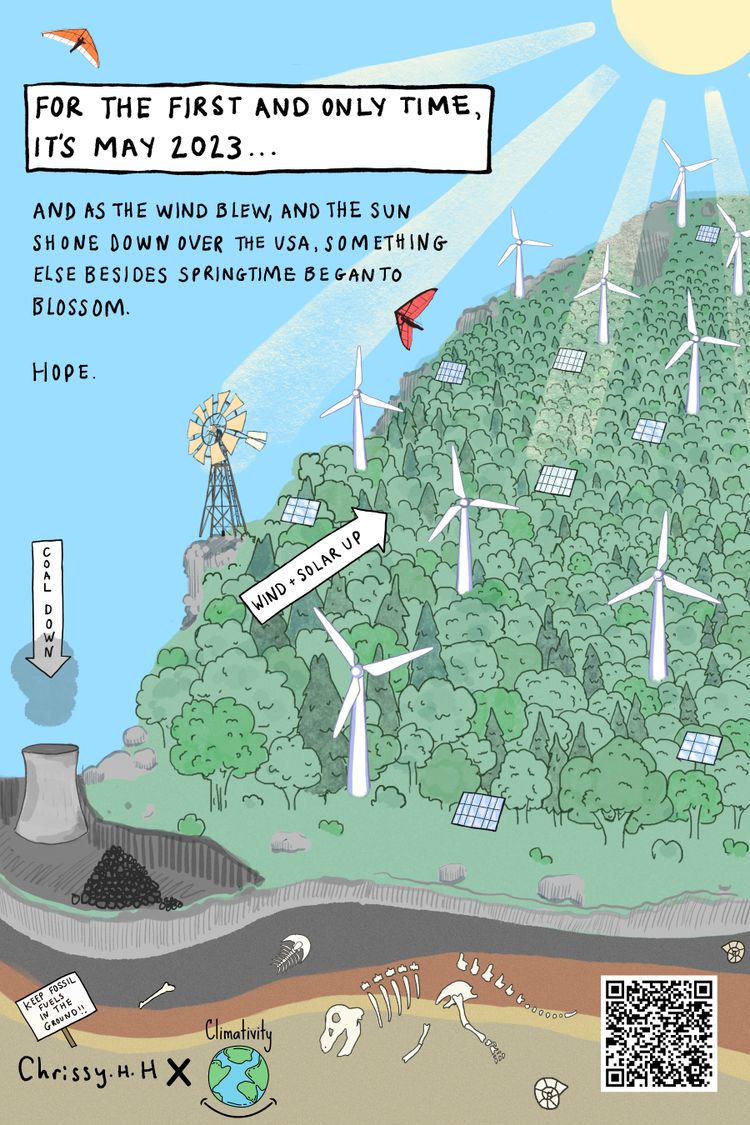
Member discussion